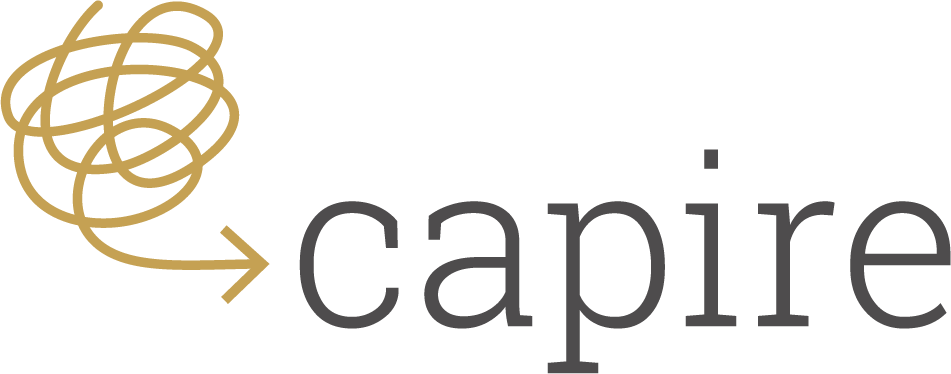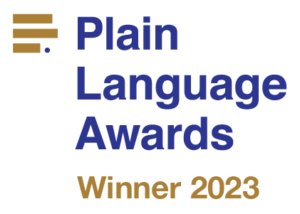Overcome writer’s block
We’ve all been there. You need to write something – a report, proposal or essay – but you’re staring at a blank page and don’t know how to start.
Writing is not easy but following a writing process like this one will help you overcome writer’s block and transfer your ideas onto paper.
This process involves:
- planning your writing
- gathering the information you need to write
- starting to write
- editing and proofreading your writing.
Notice that writing is only one part of the process!
Planning your writing
The best way to avoid writer’s block is to have a writing plan. Rather than trying to start by writing your document, invest time in planning what you want to write.
It’s reasonable to expect planning and researching to take up to 50 percent of the time you spend on a document. This may sound a lot, but it will save you time in the long run and result in a better document.
Planning helps you organise the ‘big picture’ elements of your writing:
- a clear purpose
- content that supports the purpose
- a clear and logical structure
- headings that act as signposts for your readers.
When you use a writing plan template it gives you questions to consider, brainstorm and answer. You can do this alone or with colleagues. It’s a much easier way to generate content for your document than writing from scratch. A writing plan also helps you identify the main messages or topics that you need to write about, and then puts them in a logical order. This means you have a structure for your document before you even start writing.
This is also a good time to check if your organisation has guidelines or a template for the type of document you are writing. If it does, make sure you follow them.
Developing a writing plan helps you pinpoint gaps in your understanding of what you need to write about. For example, you may realise you’re uncertain about what you want to achieve by writing the document and how you want readers to respond, so you need to clarify the purpose with your manager.
Once you’ve drafted a writing plan, test it on other people, especially the person who you are writing the document for. It’s better to find out now that you’re off track than after you’ve written the document.
Gathering the information you need
Use your writing plan to identify what information you already have, what you need to get from other people and what you need to research yourself. Make sure you have gathered, read and analysed most of this information before you start writing.
Organise the information according to the headings in your writing plan, so you know which sections of your document they relate to.
Starting to write
Use the headings from your writing plan to structure how you spend your writing time. This breaks up the overall task into smaller, more manageable chunks. It also helps ensure your writing stays on track and aligned with the purpose of your document.
Make your writing time as productive as possible by choosing an environment that is conducive to writing. This will usually be somewhere quiet, comfortable and uncluttered, where you won’t be distracted by the phone, emails or other people.
Schedule time to write when you know you are your most productive. In your distraction-free environment, commit to writing for a certain period of time (30 minutes is optimal) before having a break. Even if the work is going well, but especially if you’re finding it hard, take regular breaks. You often get your best ideas when you are away from your computer or writing pad.
While you are writing, don’t worry about whether your spelling and grammar are correct, your work is consistently formatted, or your sentences are perfectly structured. Spending time finessing your writing will interrupt your flow and slow you down. Instead, think about editing as a separate part of the writing process. Put time aside to have your work edited once you’ve finished writing your draft.
Editing and proofreading your writing
You may choose to edit your work yourself, ask a colleague to edit it for you, or hire an editor. Whichever option you choose, editing is a crucial part of the writing process and shouldn’t be overlooked.
Editing looks at your document’s structure, language and content. It checks if the document fulfils its purpose and is suitable for its readers. However good your ideas and information are, without editing they may be misunderstood and not used. Once your document has been edited, you may need to rewrite some parts of it, but your editor will give you suggestions on how to do this.
Proofreading is a final check of your document before you submit or publish it. It makes sure that your document is easy to read, free of errors and consistently presented.
Capire is a leading New Zealand writing consultancy for governments, NGOs and international development agencies. We help organisations transform their complexity into plain English. Find out more about how we can help your organisation or sign up for our newsletter to get more tips to improve your writing.























